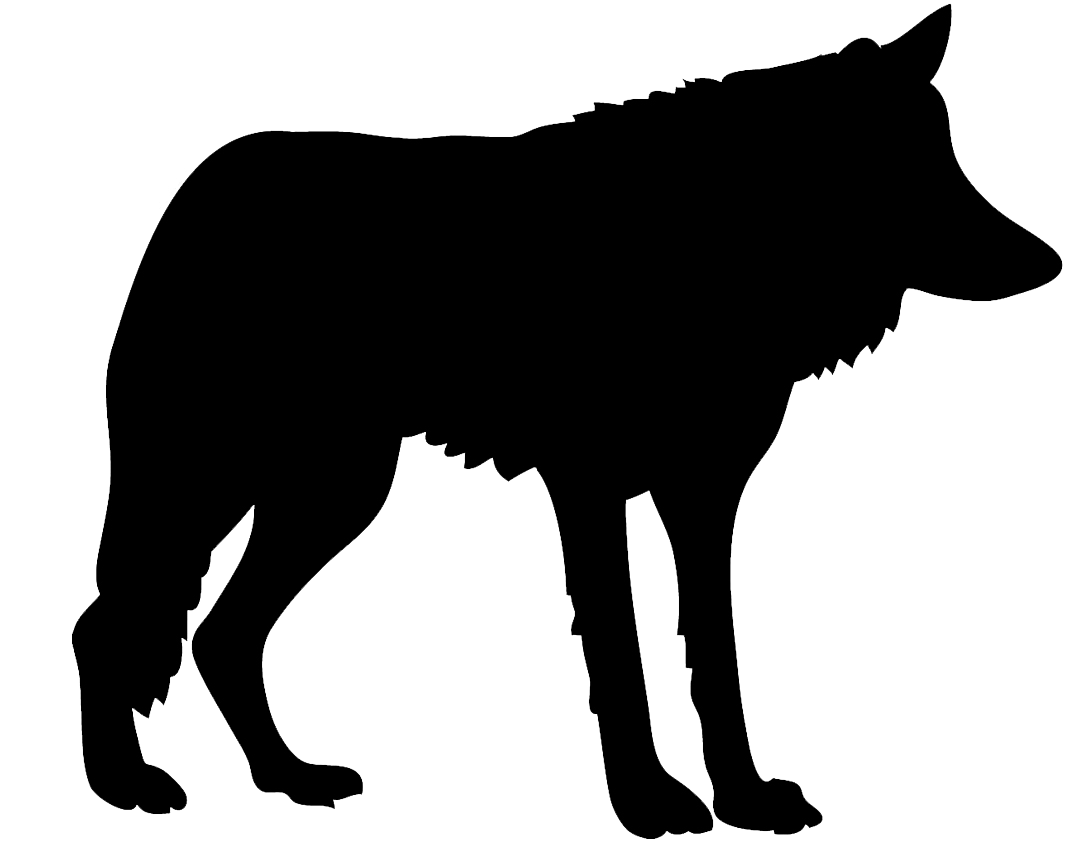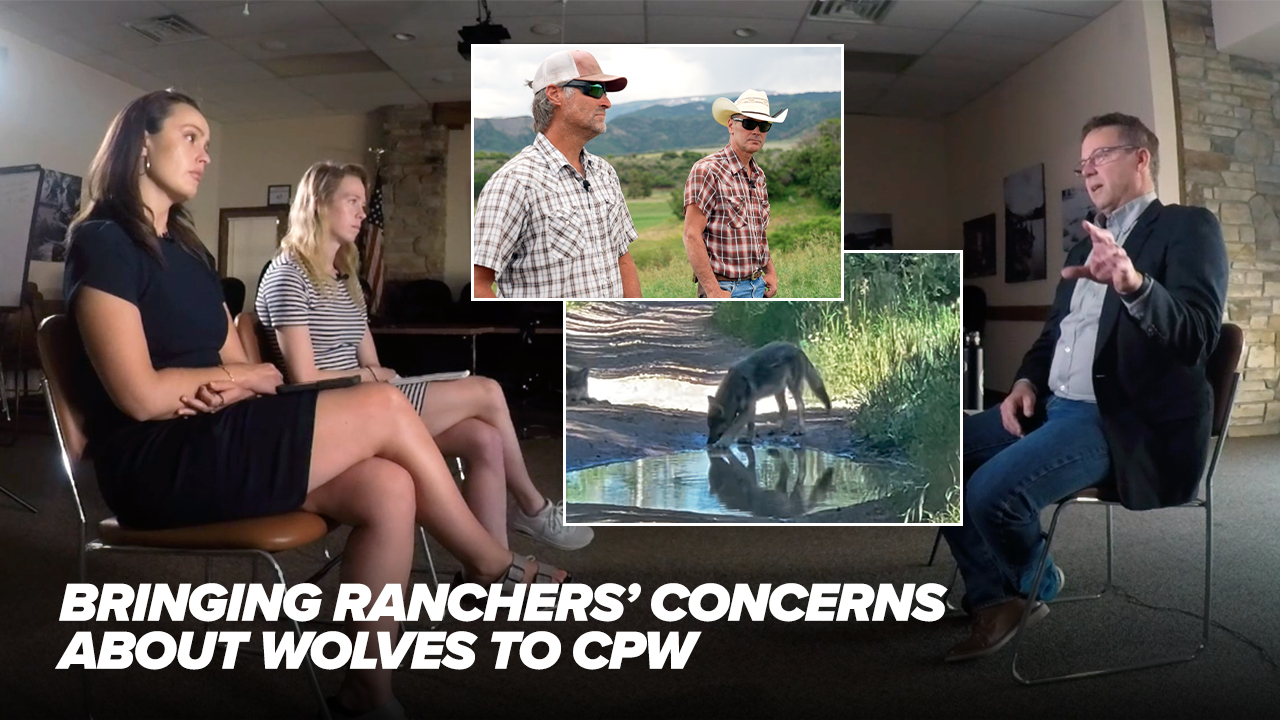FORT COLLINS, Colo. (AP) — The Trump administration is telling Colorado to stop importing gray wolves from Canada as part of the state's efforts to restore the predators, a shift that could hinder plans for more reintroductions this winter.
The state has been releasing wolves west of the Continental Divide since 2023 after Colorado voters narrowly approved wolf reintroduction in 2020. About 30 wolves now roam mountainous regions of the state and its management plan envisions potentially 200 or more wolves in the long term.
The program has been unpopular in rural areas, where some wolves have attacked livestock. Now, following two winters of releases during President Joe Biden's administration, wolf opponents appear to have found support from federal officials under President Donald Trump.
- Read the full Colorado Wolf Restoration and Management Plan.
Colorado wolves must come from Northern Rockies states, U.S. Fish and Wildlife Service Director Brian Nesvik told Colorado Parks and Wildlife Director Jeff Davis in a recent letter.
Colorado must "immediately cease and desist any and all efforts related to the capture, transport and/or release of gray wolves not obtained" from northern Rocky Mountain states, Nesvik wrote.
Most of those states — including the Yellowstone region states of Idaho, Montana and Wyoming, where wolves from Canada were reintroduced in the 1990s — have said they don't want to be part of Colorado's reintroduction.
That could leave Colorado in a bind this winter. The state plans to relocate 10 to 15 wolves under an agreement with the British Columbia Ministry of Water, Land and Resource Stewardship, Colorado Parks and Wildlife spokesperson Luke Perkins said in a statement Friday.
The agreement was signed before the state got the Oct. 10 letter from Nesvik, according to Perkins. He said the state "continues to evaluate all options to support this year's gray wolf releases" after getting "recent guidance" from the Fish and Wildlife Service.
Though some of Colorado's reintroduced wolves have come from Oregon, wolves released most recently have come from British Columbia.
The issue now is whether the federal agency required that wolves must only come from northern U.S. Rocky Mountain states when it designated Colorado's "experimental" population of reintroduced wolves.
A federal notice announcing the designation in 2023 referred to the northern Rockies region as merely the "preferred" and not the required source of wolves.
Defenders of Wildlife attorney Lisa Saltzburg said in a statement that the Fish and Wildlife Service was "twisting language" by saying wolves can't come from Canada or Alaska.
People in Colorado "should be proud of their state's leadership in conservation and coexistence, and the wolf reintroduction program illustrates those values," Saltzburg said.
The Colorado governor's office and Colorado Parks and Wildlife are in touch with the Interior Department about the letter and evaluating "all options" to allow wolf releases this year, Gov. Jared Polis spokesperson Shelby Wieman said by email.
Fish and Wildlife Service spokesperson Garrett Peterson, whose voicemail said he wouldn't be available until after the government shutdown ends, didn't immediately return a message seeking comment.
Denver7 has been following Colorado's wolf reintroduction program since the very beginning, and you can explore all of that reporting in the timeline below. The timeline starts with our most recent story.

Denver7 in-depth wolf coverage
The below list outlines an overview of the known wolf population in Colorado:
- Six wolves surviving from the original 10 that were released in December 2023 (one died of a likely mountain lion attack, a second died from injuries sustained prior to his capture as part of the Copper Creek Pack relocation effort, a third wolf became sickly and died, and a fourth died in Wyoming)
- Three of the five wolf pups born in the spring of 2024 (one male was killed by CPW after multiple depredations in Pitkin County and a second male was killed for the same reasons in September)
- 10 wolves surviving from the 15 that were released in January 2025 (one was shot and killed by Wildlife Services in Wyoming, a second died of unknown causes in Wyoming, a third died in Rocky Mountain National Park, a fourth died in northwest Colorado and the fifth died in northwest Colorado after it was likely hit by a car)
- Unknown number of pups born in four packs in 2025
- Two wolves that moved south from Wyoming several years ago
- One uncollared wolf that was last known to be in northwest Moffat County in mid-February 2025. It is not clear if it is alive or still in the state.
- Possible, but unconfirmed, wolf in the Browns Park area as of February 2025. It is not clear if it is alive or still in the state.







